 Hallikar
Hallikar
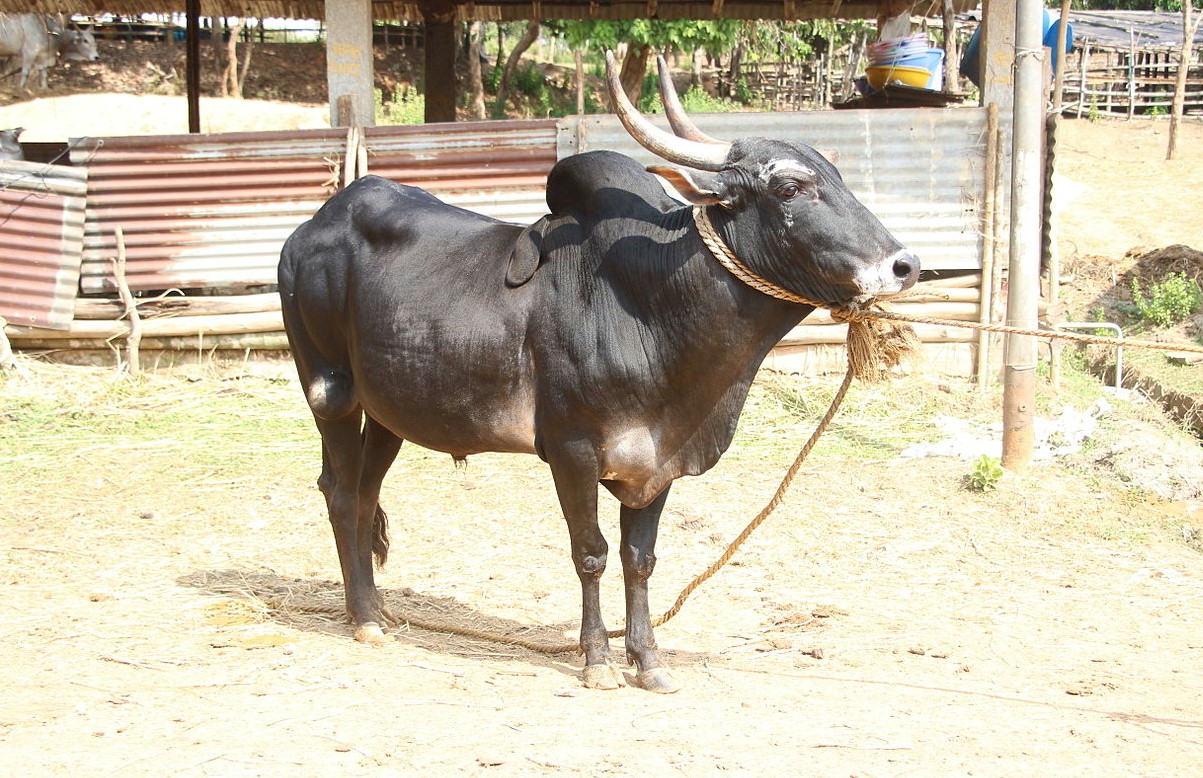 Hallikar cattle are native to the state of Karnataka, India. They are one of the premier draft cattle breeds in India. They are often raised by the families who have specialized in production of Hallikar cattle for over a hundred years.
Hallikar cattle are native to the state of Karnataka, India. They are one of the premier draft cattle breeds in India. They are often raised by the families who have specialized in production of Hallikar cattle for over a hundred years.
Currently the breed is more common in the traditional Hallikar belt of Mysore, Mandya, Hassan and Tumkur districts of South Karnataka.
The Hallikar cattle is one of the two breeds, along with Amrit Mahal which have received the royal patronage and care from the erstwhile sultans and princely state of Mysore through conservation and development.
The breed is said to have originated from the Amrit Mahal cattle breed. The Department of Posts, Government of India has commemorated ...

 Hammer
Hammer
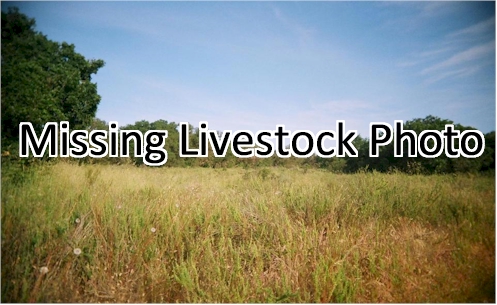 Hammer cattle are a sub-breed of Zebu Cattle. See Zebu cattle to learn more.
Hammer cattle are a sub-breed of Zebu Cattle. See Zebu cattle to learn more.

 Harar
Harar
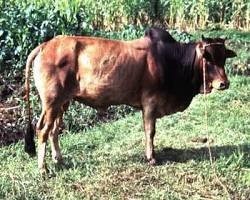
Harar cattle are the autochthonous breed from Valle d’Aosta, where almost all heads are bred (85%). It is either for milk or meat, with a fairly good milk production considering the size of the animals (on average 500 kg alive), their frugality as well as their quite good meat production and good butchery yield.
There are three breeds which differ by their morphological characteristics, coat, milk and meat production and temperament. These are: Valdostana Pezzate Rossa, Valdostana Pezzata Nera, and Castana. There are two genealogical books, one to register Valdostana and Pezzata Rossa heads and the other to register either Valdostana Pezzata Nera or Castana heads.
In 1937 the National Association of Valdostana Breeder
...

 Hariana
Hariana
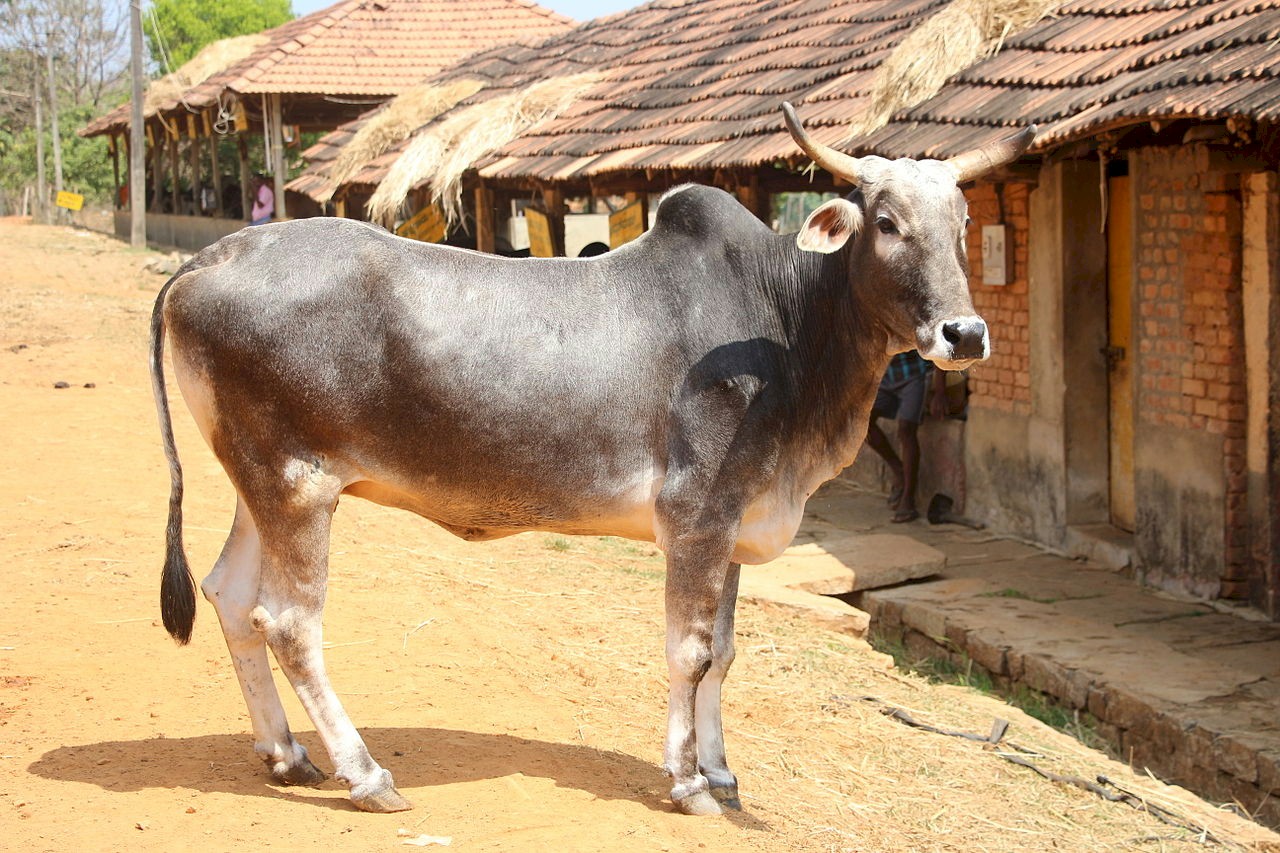 Hariana, or haryanvi, is an Indian breed of cow native to North India, specially in the state of Haryana. They are one of the 75 known breeds of zebu (Bos indicus). They produce about 10 to 15 liters of milk a day, compared to 8.9 liters when cross-bred with Holstein Friesian cattle (HS), whereas pure HS can produce 50 liters a day, but it is not as disease-resistant in the conditions of North India.
Hariana, or haryanvi, is an Indian breed of cow native to North India, specially in the state of Haryana. They are one of the 75 known breeds of zebu (Bos indicus). They produce about 10 to 15 liters of milk a day, compared to 8.9 liters when cross-bred with Holstein Friesian cattle (HS), whereas pure HS can produce 50 liters a day, but it is not as disease-resistant in the conditions of North India.
The breed is native to Rohtak, Karnal, Kurukshetra, Jind, Hissar, and Gurugram districts in the state of Haryana. The cattle are of medium to large size, and are generally of white to gray shades in color.
Their horns are short and their face is narrow and long. The cows are fairly good milk yielders, and the bulls are go ...

 Harton del Valle
Harton del Valle
 Harton del Valle cattle is a breed of cattle that is found in the Valle del Cauca region of Colombia. It is a hardy and adaptable breed that is well-suited to the hot and humid climates of the region. Harton del Valle cattle are known for their good meat quality and their ability to produce high-quality milk. They have a distinctive appearance, with a white or light gray color and a hump on their backs. Harton del Valle cattle are typically raised in extensive grazing systems and are valued by farmers for their ability to produce high-quality meat and milk.
Harton del Valle cattle is a breed of cattle that is found in the Valle del Cauca region of Colombia. It is a hardy and adaptable breed that is well-suited to the hot and humid climates of the region. Harton del Valle cattle are known for their good meat quality and their ability to produce high-quality milk. They have a distinctive appearance, with a white or light gray color and a hump on their backs. Harton del Valle cattle are typically raised in extensive grazing systems and are valued by farmers for their ability to produce high-quality meat and milk.

 Harz Red Mountain
Harz Red Mountain
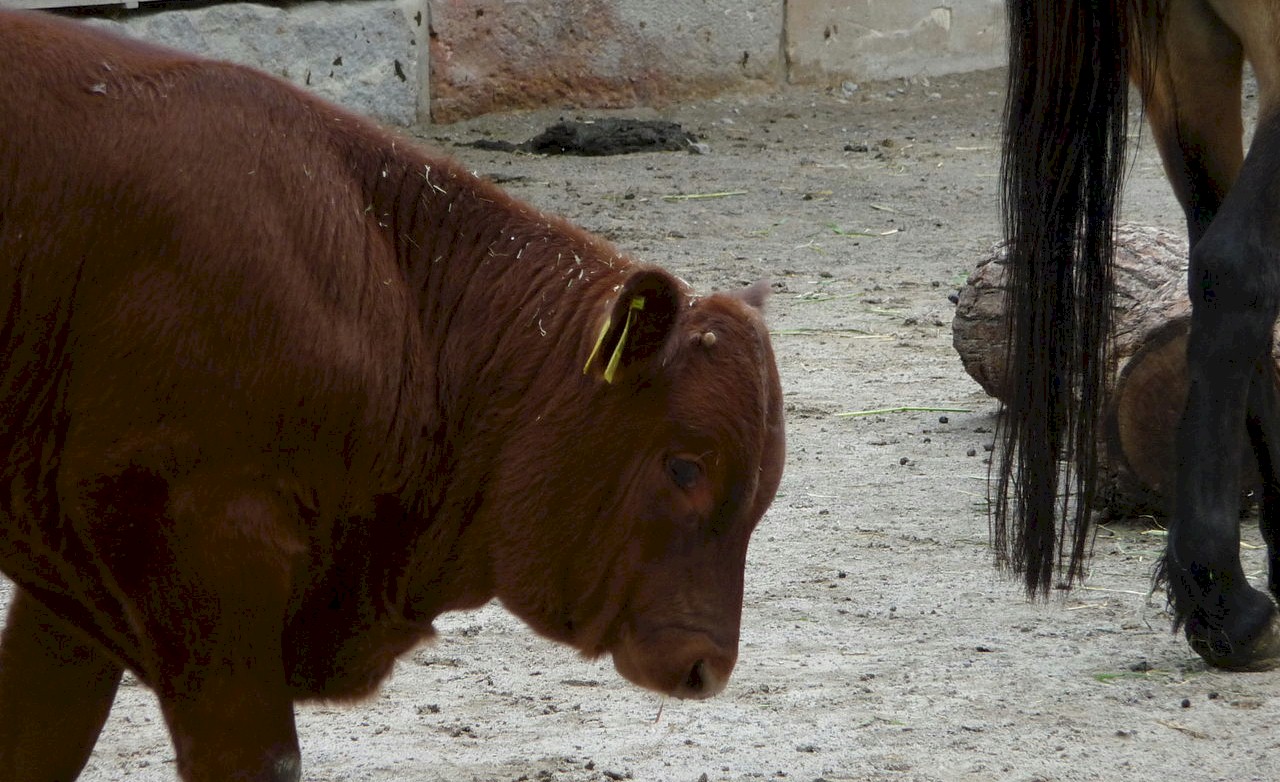 Harz red mountain cattle is a breed of cattle. They come from Harz, in Germany. They can live up to 20 years old. They have fair colored cornets, are beefier built, and have plain fur.
Harz red mountain cattle is a breed of cattle. They come from Harz, in Germany. They can live up to 20 years old. They have fair colored cornets, are beefier built, and have plain fur.
The females are up to 600 kilograms (1,300 lb) and the males 900 kilograms (2,000 lb). They are between 135 and 145 centimeters (53 and 57 in) high. At birth, they weigh from 36 to 38 kilograms (79 to 84 lb). Their main food is grass. They produce milk and are used for meat.
The Harz red mountain cattle is from the oldest race of cows. They were bred in the middle of the 19th century. Today, it is an endangered species.
Content and Photo Source: Wikipedia.org.

 Hays Converter
Hays Converter
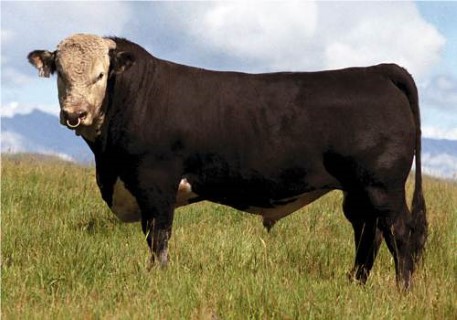 Hays Converter cattle were developed by Senator Harry Hays
of Calgary, Canada in the mid 1970''s. They are a mixture of Holstein, Hereford
and Brown Swiss.
Hays Converter cattle were developed by Senator Harry Hays
of Calgary, Canada in the mid 1970''s. They are a mixture of Holstein, Hereford
and Brown Swiss.
Their Cows weigh about 1,250 to 1,500 pounds at maturity and are generally black, with white markings, although red and white animals are not uncommon. They are hardy cattle adapted to range conditions in Western Canada with good feet and legs, and nice udder conformation. They are also known for their fertility, excellent milk production, and early sexual maturity.
Hays Converters are the only registered pure-bred cattle developed in Canada and are marketed throughout North America.

 Heck
Heck
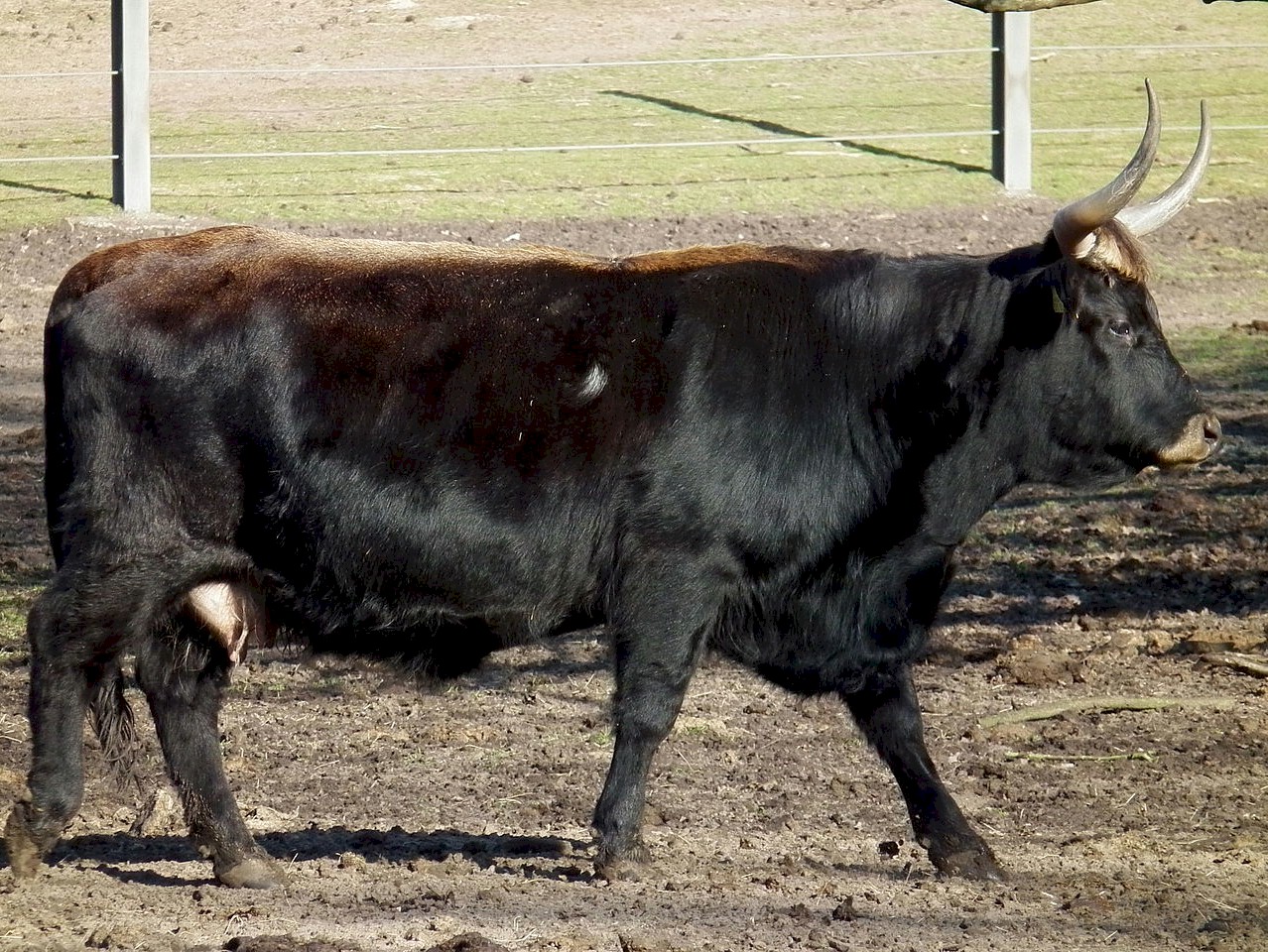 Heck cattle are a hardy breed of domestic cattle. These cattle are the result of an attempt by Heinz and Lutz Heck to breed back the extinct aurochs (Bos primigenius) from modern aurochs-derived cattle in the 1920s and 1930s. Controversy revolves around methodology and success of the programme. There are considerable differences between Heck cattle and the aurochs in build, height, and body proportions. Furthermore, there are other cattle breeds which resemble their wild ancestors at least as much as Heck cattle.
Heck cattle are a hardy breed of domestic cattle. These cattle are the result of an attempt by Heinz and Lutz Heck to breed back the extinct aurochs (Bos primigenius) from modern aurochs-derived cattle in the 1920s and 1930s. Controversy revolves around methodology and success of the programme. There are considerable differences between Heck cattle and the aurochs in build, height, and body proportions. Furthermore, there are other cattle breeds which resemble their wild ancestors at least as much as Heck cattle.
Content and Photo Source: Wikipedia.org.

 Hereford
Hereford
Originally from Herefordshire, England, they were exported starting in 1817 and have become one of the most widespread breed across the world. They are popular among ranchers due to their hardiness, quality of meat, and stoutness as well as the ability to do well in just about any climate.
The Hereford breed was created by crossbreeding English cattle with Shorthorn Cattle, to create this new type of beef cattle.
The first imports of Herefords were brought to the US around the ...

 Herens
Herens
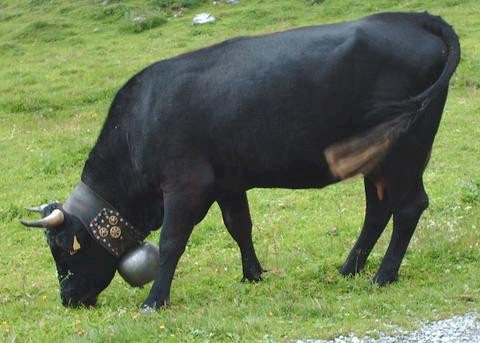 The Herens (Eringer in German) is a breed of cattle named after the Val d''Hérens region of Switzerland. These small, horned alpine cattle are colored black, brown or dark red, often with a lighter stripe along the spine.
The Herens (Eringer in German) is a breed of cattle named after the Val d''Hérens region of Switzerland. These small, horned alpine cattle are colored black, brown or dark red, often with a lighter stripe along the spine.
Herens Cattle are one of the smallest cattle breeds in Europe. Their fur is dark red to brown or black, with pied animals being very uncommon. Newborn calves are red with a dark stripe along the back, with the colors reversing as they grow. A distinguishing feature is the short and broad head, with a concave front line. They are very muscular, with both sexes sporting strong horns.
Bulls typically reach a height of 125–134 cm, weighing 650–700 kg. Cows reach 118–128 cm and 500–600 kg. They are bred pr ...

 Highland
Highland
 Highland cattle (also known as Bò Ghàidhealach, Heilan coo or hairy
cows) have long, flowing hair and majestic, sweeping horns. They originated in
the Highlands and Western Isles of Scotland and were first mentioned in the 6th
century AD. They have since been exported worldwide, including Australia,
Canada, Denmark, Finland, and the US.
Highland cattle (also known as Bò Ghàidhealach, Heilan coo or hairy
cows) have long, flowing hair and majestic, sweeping horns. They originated in
the Highlands and Western Isles of Scotland and were first mentioned in the 6th
century AD. They have since been exported worldwide, including Australia,
Canada, Denmark, Finland, and the US. Highland Cattle were developed in the Highlands and Western Isles of Scotland from two types of now-extinct cattle, one originally black, and the other reddish. The original cattle were brought to Britain by Neolithic farmers. Today there are now around 15,000 Highland cattle in the United Kingdom.
Their long wooly hairy helps make them indifferent to extreme weather. T ...

 Hinterwald
Hinterwald
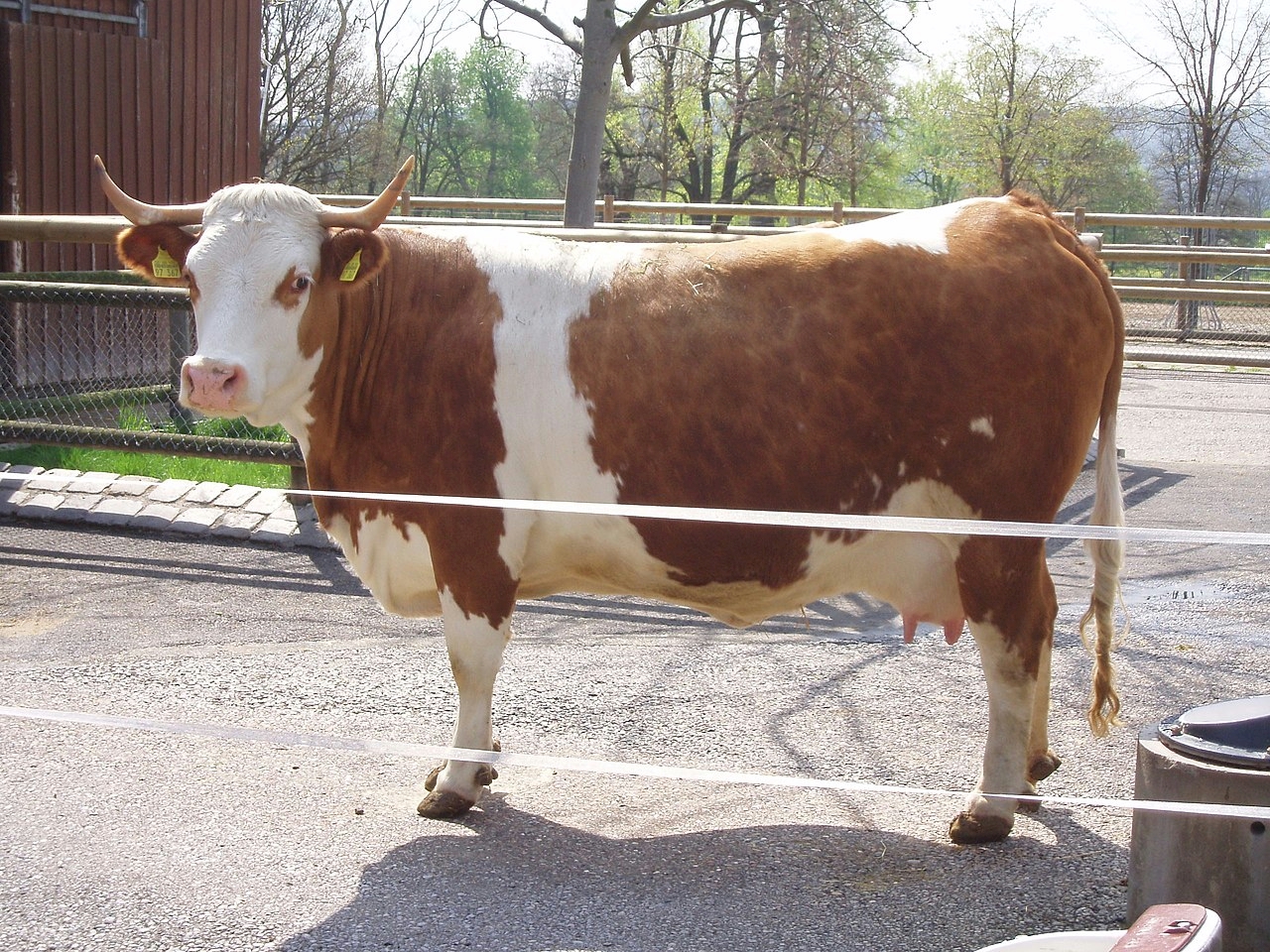 Hinterwald (German: Hinterwälder Rind) is an old local breed of cattle from the Black Forest (Germany). The Hinterwalder (literally "from the backwoods") adopted its name about 150 years ago, when they were distinguished from their somewhat larger sister breed, the Vorderwälder (literally "from the frontwoods").
Hinterwald (German: Hinterwälder Rind) is an old local breed of cattle from the Black Forest (Germany). The Hinterwalder (literally "from the backwoods") adopted its name about 150 years ago, when they were distinguished from their somewhat larger sister breed, the Vorderwälder (literally "from the frontwoods").
Hinterwald cattle are small. Their cows are 115 to 125 centimeters (45 to 49 in) tall and weigh 350 to 450 kilograms (770 to 990 lb), while Hinterwald bulls are 130 to 135 centimeters (51 to 53 in) tall and weigh 700 to 800 kilograms (1,500 to 1,800 lb), making them the smallest breed of cattle still extant in Central Europe. Their heads are mostly white, the remainder of the coat being pied light yellow to dark red-brown ...

 Holando-Argentino
Holando-Argentino
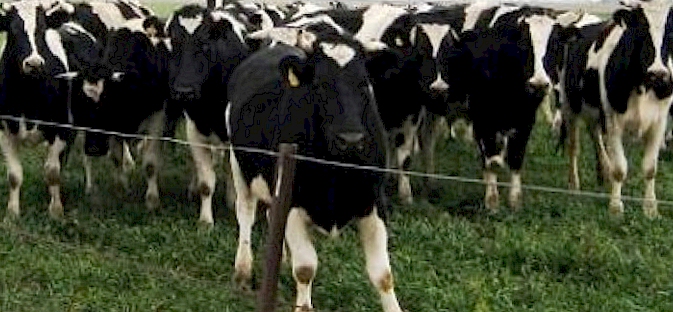 Holando-Argentino cattle are primarily found in Argentina, and developed from Holstein-Friesian Cattle. They are primarily kept for milk production.
Holando-Argentino cattle are primarily found in Argentina, and developed from Holstein-Friesian Cattle. They are primarily kept for milk production.
They were first introduced from the Netherlands in 1880, to the Pampas regions. Today they can be found in the Argentine provinces of Buenos Aires, Santa Fe, Córdoba and Entre Ríos, as well as in small river basins in Salta, Tucumán, Formosa, Catamarca and Mendoza. They have also been exported to neighboring countries.
The cows are medium-sized, standing 1.4 to 1.5 meters tall and weighing 600 to 650 kg. Good legs and feet allow extensive foraging.
Promotion of this breed and technical resources to manage it are the goals of the Asociación Criadores de Holando- ...

 Holstein Friesian
Holstein Friesian
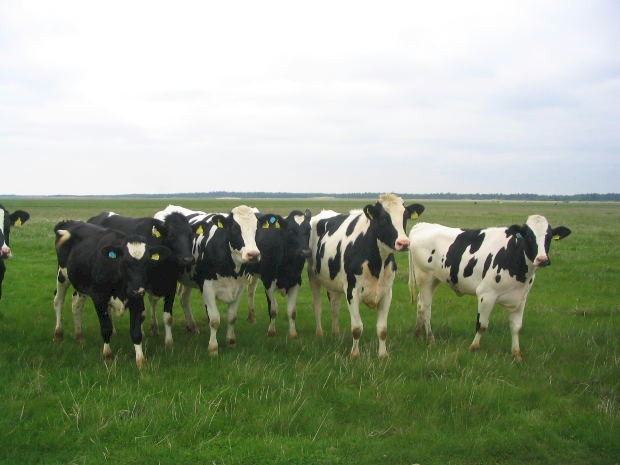 Holstein Friesians (often shortened to Holsteins in North America, while the term Friesians is often used in the UK and Ireland) are a breed of dairy cattle that originated in the Dutch provinces of North Holland and Friesland, and Schleswig-Holstein in Northern Germany. They are known as the world''s highest-producing dairy animals.
Holstein Friesians (often shortened to Holsteins in North America, while the term Friesians is often used in the UK and Ireland) are a breed of dairy cattle that originated in the Dutch provinces of North Holland and Friesland, and Schleswig-Holstein in Northern Germany. They are known as the world''s highest-producing dairy animals.
Dutch and German breeders developed the breed with the goal of producing animals that could most efficiently use grass, the area''s most abundant resource, as their food. Over the centuries, the result was a high-producing, black-and-white dairy cow.
The Holstein-Friesian is the most widespread cattle breed in the world; it is found in more than 150 countries. With the growth of the New Wo ...

 Horro
Horro
 Hailing from the Horo Guduru Welega Zone of Ethiopia, Horro cattle wear a uniform brown coat and boast a distinctive hump on their shoulders. Primarily used for pulling plows and providing milk, they also contribute manure and help thresh crops. Though safe to drink, their milk tends to be higher in acidity and harbors more bacteria than ideal.
Hailing from the Horo Guduru Welega Zone of Ethiopia, Horro cattle wear a uniform brown coat and boast a distinctive hump on their shoulders. Primarily used for pulling plows and providing milk, they also contribute manure and help thresh crops. Though safe to drink, their milk tends to be higher in acidity and harbors more bacteria than ideal.
While their population was estimated around 47,700 in 2007 and not considered endangered, they face challenges. Unplanned breeding and dwindling communal grazing lands, caused by overgrazing, population growth, and encroaching farmland, limit breeding opportunities and access to food. Additionally, livestock diseases like parasitism, bloating, and foot-and-mouth disease take a toll, with f ...

 Hungarian Grey
Hungarian Grey
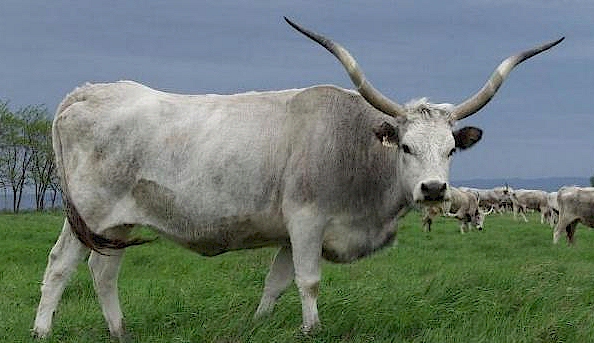 Hungarian Grey cattle (Hungarian: Magyar Szürke), also known as the Hungarian Grey Steppe, belong to the group of Podolic cattle and are characterized by long lyre-shaped horns and a pale gray coat. They are well-adapted to extensive pasture systems and were formerly raised in very large numbers in the Hungarian puszta; however, in the 20th century they came close to extinction, but numbers have since increased.
Hungarian Grey cattle (Hungarian: Magyar Szürke), also known as the Hungarian Grey Steppe, belong to the group of Podolic cattle and are characterized by long lyre-shaped horns and a pale gray coat. They are well-adapted to extensive pasture systems and were formerly raised in very large numbers in the Hungarian puszta; however, in the 20th century they came close to extinction, but numbers have since increased.
From the Middle Ages until the eighteenth century large numbers of gray cattle were raised extensively on the Hungarian plains. Many were driven on the hoof by hajduk for hundreds of kilometers westward to the markets of cities in western Europe to be slaughtered for beef. The principal destination was Vienna, but others ...

 Hybridmaster
Hybridmaster
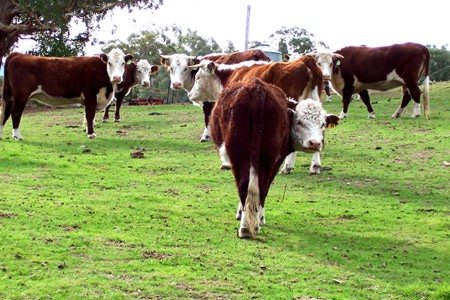 Hybridmaster cows are a strain of good fleshing, long,
straight-muscled cattle with good grass capacity.
Hybridmaster cows are a strain of good fleshing, long,
straight-muscled cattle with good grass capacity.
They give a lot of milk, are extremely fertile and grow well. Hybridmaster cattle are made of approximately 50% Angus, 25% Brown Swiss, 6.25% Brahman, 6.25% Simmental, 6.25% Gaur, and 6.25% Bison.
Developed by Joe Grose in Oklahoma, Hybridmasters have been selected for 35 years on four traits- Milk, Fertility, Longevity and Growth.
